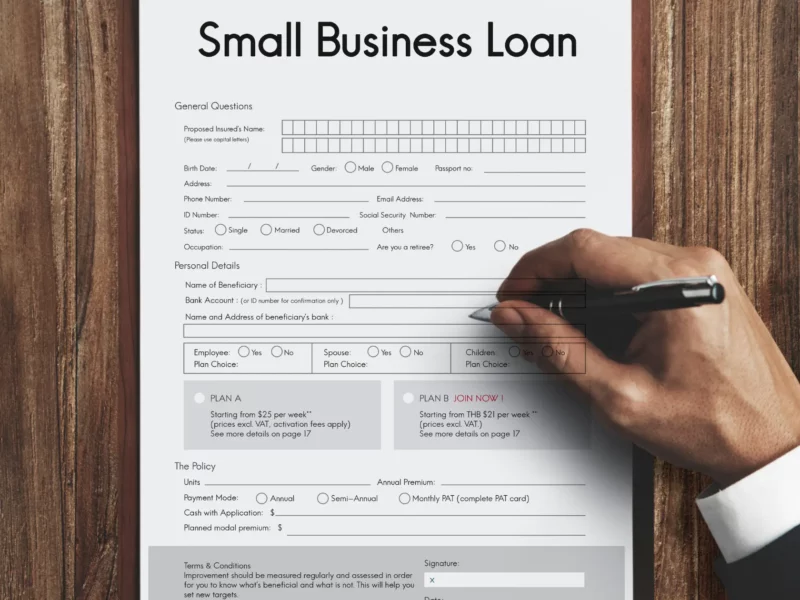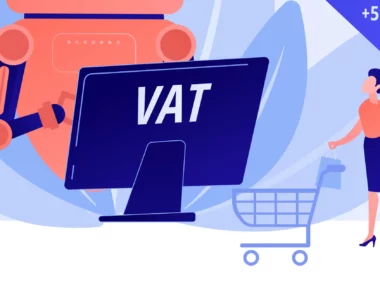If you are a small business owner or an aspiring entrepreneur, you may need some extra funding to start or grow your business. A small business loan can help you cover expenses such as inventory, equipment, payroll, marketing, and more. But how do you get a small business loan in the US? What are the steps and requirements involved? What are the best sources and types of loans for your business?
Starting or expanding a small business often requires a significant infusion of capital. While personal savings and investment from friends and family can be helpful, they may not be sufficient to meet all your business’s financial needs. This is where small business loans come into play. In the United States, there are various options available for entrepreneurs seeking funding. In this guide, we will walk you through the process of obtaining a small business loan in the US, covering everything from preparation to application and approval.
- Assess Your Business Needs: Before diving into the loan application process, it’s crucial to evaluate your business’s financial requirements. Determine the purpose of the loan, whether it’s for working capital, equipment purchase, inventory, or expansion. Calculate the exact amount of funds needed and create a comprehensive business plan that outlines your goals, financial projections, and repayment strategy.
- Research Loan Options: The US offers a wide range of loan options for small businesses. Familiarize yourself with the various loan programs available, including traditional bank loans, Small Business Administration (SBA) loans, microloans, equipment financing, and lines of credit. Each option has its own eligibility criteria, interest rates, repayment terms, and loan amounts. Compare the pros and cons of each to find the best fit for your business.
- Check Eligibility Requirements: Different lenders have specific eligibility criteria for small business loans. Common requirements include a minimum credit score, a certain period of business operation, revenue thresholds, and collateral. Research and understand these prerequisites to determine whether your business qualifies for the loan program you’re interested in.
- Prepare Required Documentation: To strengthen your loan application, gather the necessary documents in advance. Common documents include:
- Business plan with financial projections
- Personal and business tax returns
- Bank statements
- Profit and loss statements
- Balance sheets
- Business licenses and permits
- Ownership and legal documents
- Improve Your Credit Profile: Lenders often scrutinize the creditworthiness of small business loan applicants. Aim to improve your credit profile by paying bills on time, reducing outstanding debts, and correcting any errors in your credit report. A strong credit history increases your chances of securing favorable loan terms and lower interest rates.
- Build Relationships with Lenders: Establishing relationships with lenders before applying for a loan can be beneficial. Attend local networking events, join business organizations, or approach community banks and credit unions to understand their loan offerings. Building rapport with potential lenders can increase your credibility and provide valuable insights into loan programs suited to your business.
- Submit Loan Application: Once you’ve selected a suitable loan option and gathered all the required documentation, it’s time to complete the loan application. Pay attention to detail and ensure accuracy in all the provided information. Submit the application along with supporting documents to the chosen lender within the specified deadline.
- Review Loan Offers: After reviewing your application, lenders may extend loan offers if you meet their criteria. Carefully evaluate the terms, including interest rates, repayment schedules, and any associated fees. Consider seeking expert advice from a financial advisor or business consultant to ensure you make an informed decision.
- Accepting the Loan and Repayment: If you’re satisfied with the loan offer, formally accept it by signing the loan agreement. Understand the repayment terms and establish a clear repayment plan. Make timely payments to maintain a good credit history and strengthen your business’s financial position.
What are the Best Sources and types of Small Business Loans?
There are many sources and types of small business loans available in the US, but some may be better suited for your business than others. Depending on your eligibility, preferences, and goals, you may want to consider the following sources and types of small business loans:
- Bank loans: Bank loans are the best source of funding if you qualify. They are the second most popular source of loans for small businesses, after retained earnings.³ They have the lowest interest rates since they use depositors’ funds to make the loans. They also have longer repayment terms and larger loan amounts than other sources. However, bank loans are also the most difficult to qualify for, as they have strict credit, income, and collateral requirements. They also have a lengthy and complex application process that can take weeks or months to complete.⁴
- SBA loans: SBA loans are loans that are guaranteed by the Small Business Administration (SBA), a federal agency that supports small businesses. SBA loans are offered by banks and other SBA-approved lenders. They have lower interest rates and fees than other sources, as well as longer repayment terms and higher loan amounts. They also have more flexible eligibility criteria than bank loans, as they cater to underserved businesses that may not qualify for conventional financing. However, SBA loans also have a lengthy and complex application process that can take weeks or months to complete. They also require a lot of documentation and may have additional program requirements.¹
- Online loans: Online loans are loans that are offered by online lenders, such as OnDeck, Lendio, QuickBridge, American Express Business Blueprint ™ , BlueVine, National Funding, Fundbox, Funding Circle, Biz2Credit, and others. Online loans are convenient and fast, as you can apply online and get funded within days or even hours. They also have less stringent eligibility criteria than bank or SBA loans, as they may accept lower credit scores, shorter business histories, or higher DTIs. However, online loans also have higher interest rates and fees than other sources, as well as shorter repayment terms and smaller loan amounts. They also may have less customer service and support options than other sources.²
- Small-business grants: Small-business grants are funds that are given to small businesses by government agencies, nonprofit organizations, or private entities. Small-business grants are the best source of funding if you can get them, as they do not need to be repaid and do not incur any interest or fees. They can also help you build your reputation and network with other businesses or organizations. However, small-business grants are also very competitive and scarce, as they have limited availability and specific eligibility criteria. They also have a lengthy and complex application process that can take months or years to complete.
Securing a small business loan in the US requires careful planning, research, and preparation. By assessing your business needs, understanding the loan options available, and presenting a strong application, you can increase your chances of obtaining the necessary funds to fuel your entrepreneurial aspirations. Remember to establish good credit, build relationships with lenders




